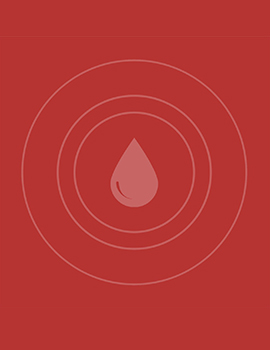Clinical Chemistry - Ammonia
Ammonia is a nitrogen waste compound and forms when the protein is broken down by bacteria in the intestines. The liver then converts it into urea which is normally excreted from the body in urine. Excessive concentration levels is poisonous to cells and occurs as a result of liver or kidney malfunctions. Several diseases, both inherited and acquired can result in significantly elevated concentration levels resulting in hyperammonemia.
Reye’s syndrome is an acquired hyperammonemia disease and is characterised by high concentration levels of ammonia and decreased concentration levels of glucose. As such, an ammonia test is not usually carried out independently and is usually tested alongside glucose, electrolytes, kidney and liver function tests in adolescents and children showing symptoms
-
Clinical Chemistry
- Randox
-
Ammonia

